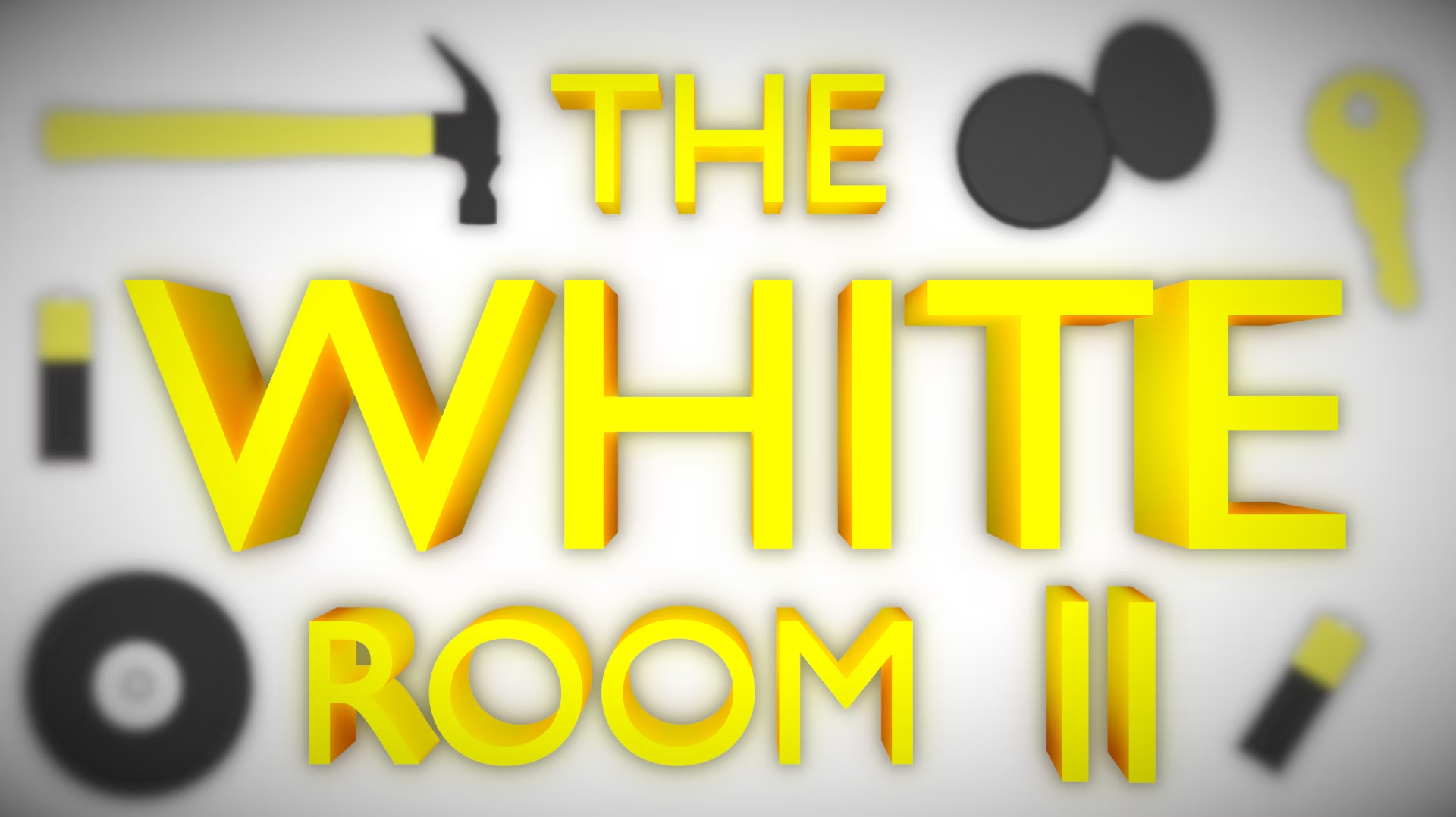Hellblade: Senua’s Sacrifice is a groundbreaking action-adventure game developed by Ninja Theory that explores profound themes of mental illness, trauma, and Norse mythology. Released in 2017, this title has garnered acclaim for its emotional depth, stunning visuals, and innovative use of audio design. This article will delve into the game’s narrative, gameplay mechanics, character development, and the impact it has had on the gaming industry.
Overview of Hellblade: Senua’s Sacrifice
A Unique Concept and Development Background
Hellblade: Senua’s Sacrifice was developed by Ninja Theory, a studio known for its commitment to narrative-driven gaming. The project emerged from the desire to create a game that not only entertains but also educates players about mental health issues.
Development Journey
- Small Team, Big Ambition: The game was developed by a small team, which allowed for a focused approach to storytelling and gameplay mechanics. The team conducted extensive research into psychosis and consulted mental health professionals to portray Senua’s experiences authentically.
- Independent Publishing: Ninja Theory chose to self-publish the game, allowing creative control over the final product and ensuring that the narrative remained central to the experience.
Narrative: A Deep Dive into Senua’s Journey
The Story of Senua
Set in a hauntingly beautiful vision of Viking-era Scandinavia, Hellblade: Senua’s Sacrifice follows Senua, a young warrior plagued by psychosis as she embarks on a journey to rescue the soul of her deceased lover, Dillion, from the Norse god Hela.
Themes of Mental Illness and Trauma
- Psychosis and Perception: Senua’s struggle with psychosis is central to the narrative. The game explores her inner turmoil, presenting the world through her fractured perspective. This representation is both haunting and enlightening, allowing players to understand the complexity of her condition.
- Cultural Context: The narrative weaves elements of Norse mythology with Senua’s personal story, creating a rich tapestry that reflects her cultural heritage and internal battles. This connection between her struggles and the mythological world adds depth to her quest.
Character Development
Senua: A Complex Protagonist
Senua is a deeply layered character, representing resilience and vulnerability in equal measure.
- A Warrior’s Spirit: Despite her challenges, Senua is portrayed as a fierce warrior. Her strength and determination drive her forward, showcasing her unwillingness to succumb to her fears.
- Emotional Depth: Throughout her journey, Senua grapples with grief, guilt, and the effects of her mental illness. Her emotional depth is explored through interactions with other characters and the voices that accompany her, offering insight into her psyche.
Supporting Characters
- Dillion: Senua’s deceased lover serves as a pivotal figure in her journey. His presence, experienced through memories and visions, acts as a source of motivation and emotional conflict for Senua.
- The Voices: The auditory hallucinations that Senua experiences play a crucial role in shaping her journey. The voices, which represent both her fears and her strength, add a unique layer to the storytelling and gameplay.
Gameplay Mechanics: A Blend of Combat and Puzzle Solving
Core Gameplay Loop
Hellblade: Senua’s Sacrifice combines intense combat with environmental puzzles, creating a varied gameplay experience that keeps players engaged.
Combat Mechanics
- Brutal and Fluid Combat: The combat system emphasizes fluidity and strategy, allowing players to engage enemies in visceral melee combat. Players must time their attacks and dodges effectively to overcome opponents.
- Focus on Strategy: The game encourages players to analyze their surroundings and enemies, making each encounter a tactical challenge rather than a mindless hack-and-slash experience.
Puzzle Solving
- Environmental Puzzles: The game features a variety of environmental puzzles that require players to observe their surroundings closely. Many puzzles are tied to Senua’s perception and mental state, emphasizing the theme of how her psyche influences the world around her.
- Symbolism and Themes: The puzzles often incorporate Norse symbols and mythology, inviting players to delve deeper into the lore of the game while simultaneously challenging their problem-solving skills.
Audio and Visual Design: Crafting an Immersive Experience
Stunning Visuals
Hellblade: Senua’s Sacrifice is renowned for its breathtaking visuals, which transport players to a beautifully rendered world filled with natural landscapes and ominous environments.
Artistic Direction
- Realistic Character Models: The character design, particularly that of Senua, is detailed and lifelike, capturing the nuances of emotion and expression. This attention to detail enhances the player’s connection to Senua’s journey.
- Dynamic Environments: The game features diverse environments, from dark forests to haunting ruins, each meticulously crafted to evoke a sense of atmosphere and immersion.
Groundbreaking Audio Design
The audio design of Hellblade plays a critical role in conveying Senua’s experience and enhancing gameplay.
3D Audio Technology
- Voices of the Mind: The game employs binaural audio technology, allowing players to hear the voices in Senua’s head in a spatial manner. This immersive sound design adds to the emotional weight of her experiences and makes the player feel as if they are sharing her struggle.
- Environmental Sounds: The ambient sounds of nature, combat, and the environment contribute to the overall immersion, drawing players deeper into Senua’s world.
The Impact of Hellblade: Senua’s Sacrifice
Critical Reception and Awards
Upon its release, Hellblade: Senua’s Sacrifice received widespread acclaim from critics and players alike.
Recognition
- Awards and Nominations: The game won several prestigious awards, including BAFTA Games Awards for Best Game, Best Game Design, and Best Performer for Melina Juergens, who portrayed Senua.
- Cultural Impact: The game sparked conversations around mental health representation in video games, helping to destigmatize mental illness and promote understanding of psychosis.
Influence on the Gaming Industry
Hellblade has set a new standard for narrative-driven games, demonstrating that video games can be a powerful medium for exploring complex themes.
Paving the Way for Future Titles
- Innovative Approaches to Storytelling: Hellblade’s success has inspired other developers to explore mental health themes and create immersive, emotionally resonant narratives.
- Emphasis on Independent Development: The game has shown that independent studios can produce high-quality titles that challenge industry norms, encouraging other developers to take creative risks.
Tips for Navigating Hellblade: Senua’s Sacrifice
Combat Strategies
- Patience is Key: Combat in Hellblade can be intense, but it rewards patience. Observe enemy patterns and wait for the right moments to strike.
- Utilize Focus: The Focus mechanic allows Senua to slow down time during combat. Use this ability strategically to dodge attacks and deliver powerful counterattacks.
Puzzle-Solving Tips
- Observe Carefully: Many puzzles require keen observation of the environment. Take your time to explore and analyze your surroundings.
- Listen to the Voices: The voices often provide hints and context for puzzles, making it crucial to pay attention to their guidance.
Emotional Preparation
- Prepare for an Emotional Journey: Hellblade deals with heavy themes of mental illness and trauma. Players should be prepared for an emotionally charged experience that may resonate personally.
Conclusion: Hellblade: Senua’s Sacrifice as a Landmark in Gaming
Hellblade: Senua’s Sacrifice is a monumental achievement in the world of video games, blending narrative depth with innovative gameplay and stunning audio-visual design. Through Senua’s journey, players are invited to explore the complexities of mental illness and the strength of the human spirit in the face of adversity.
The game’s commitment to authenticity in portraying psychosis, coupled with its rich narrative rooted in Norse mythology, sets it apart as a significant work of art. As an influential title, Hellblade has opened doors for further exploration of mental health themes in gaming, inspiring developers and players alike.
Ultimately, Hellblade: Senua’s Sacrifice stands as a testament to the power of storytelling in video games, proving that they can be more than mere entertainment—they can be a vehicle for empathy, understanding, and connection.


